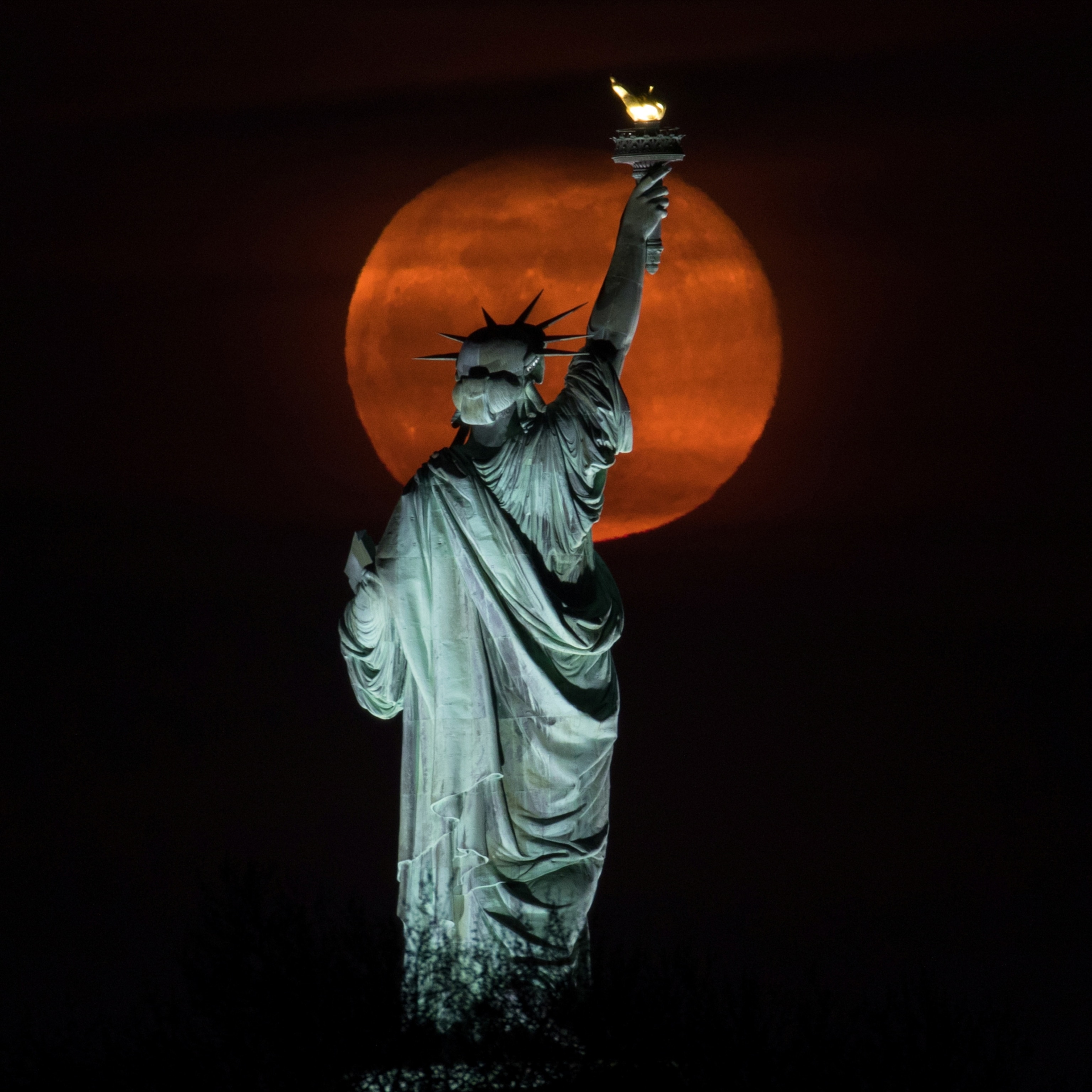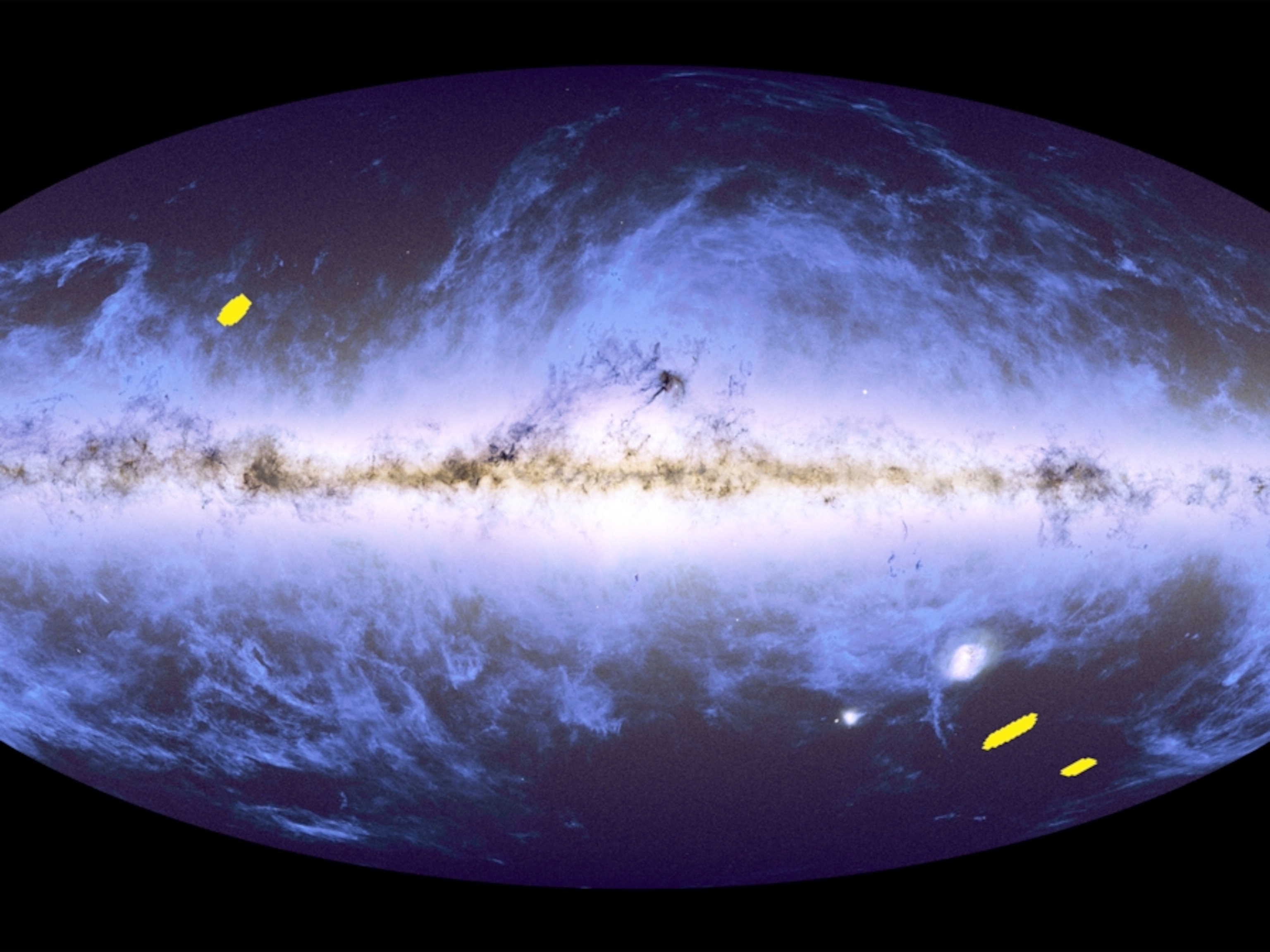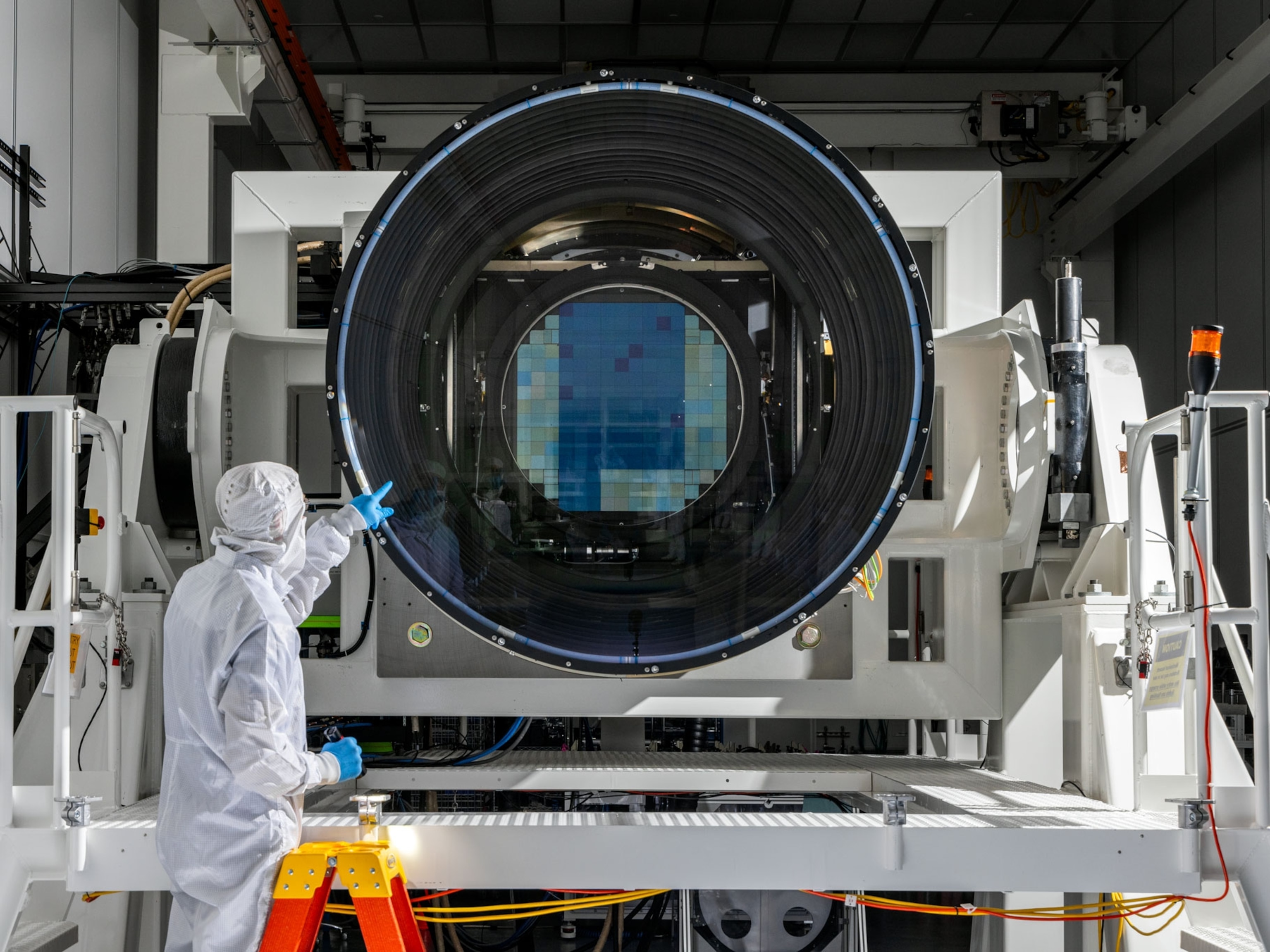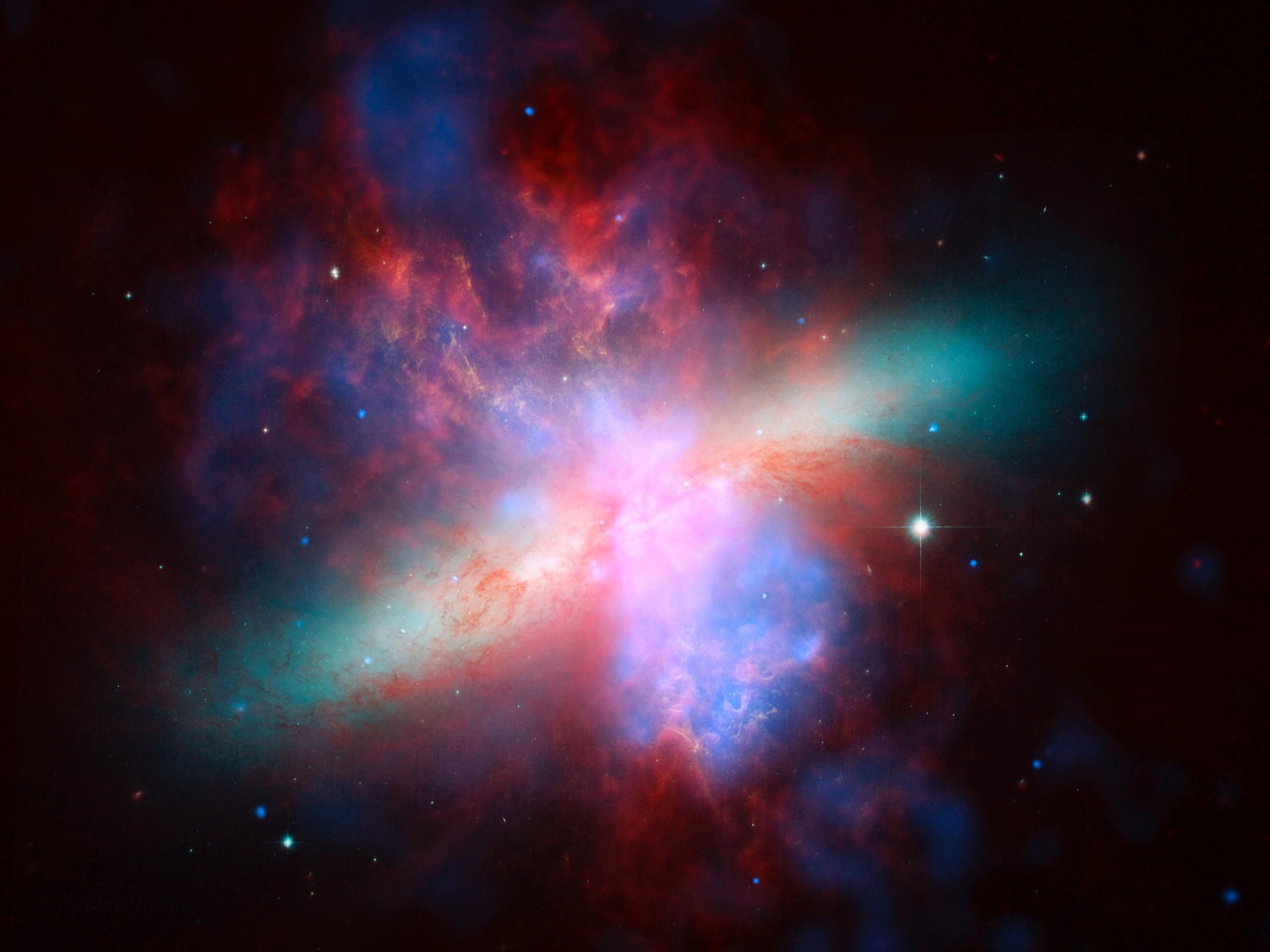The world's largest space telescope just got an unexpected new role: asteroid hunter
Even small asteroids can do a lot of damage—and new research shows the James Webb Space Telescope is adept at spotting the tiniest of space rocks.
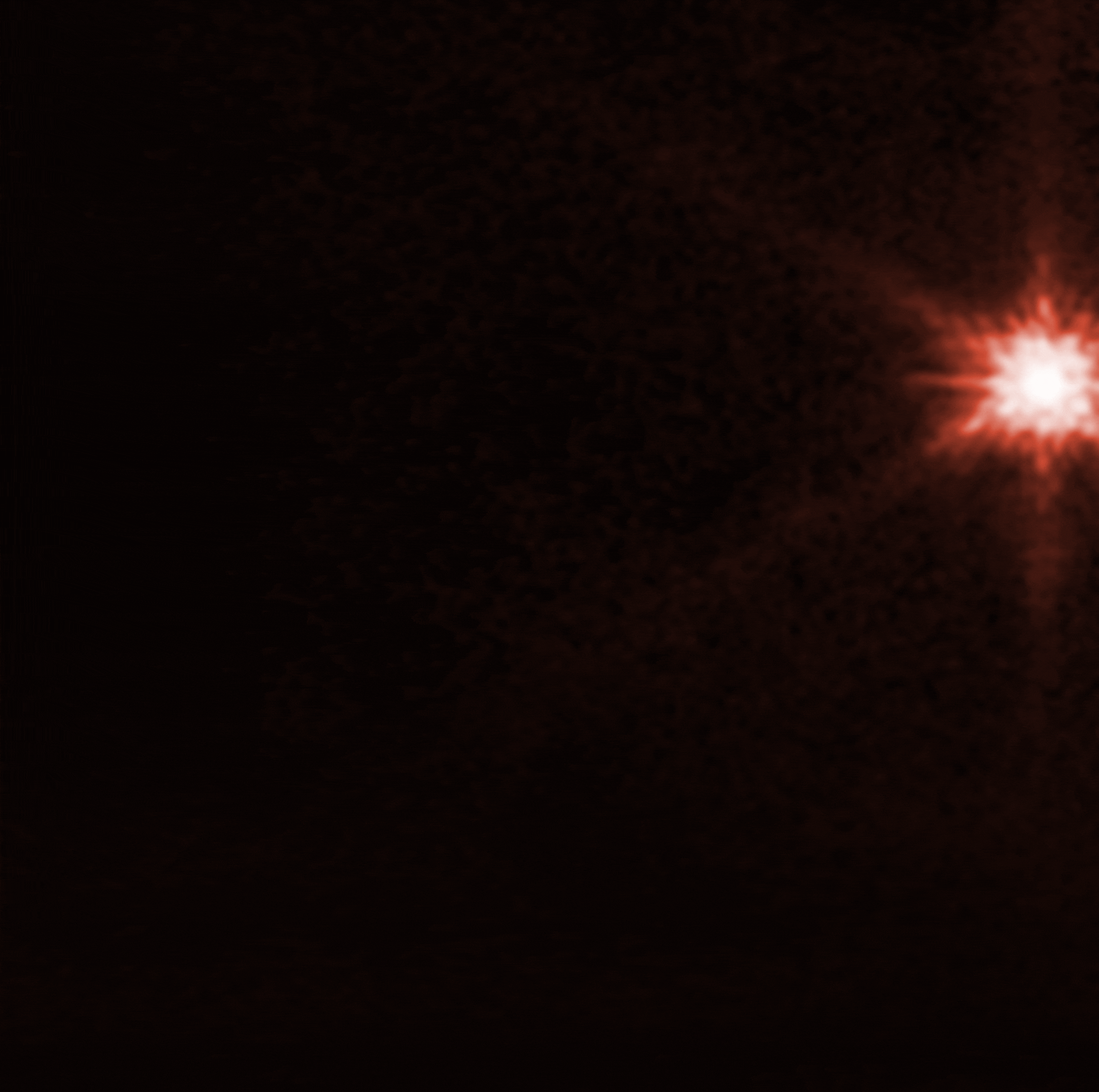
NASA’s James Webb Space Telescope (JWST) is a remarkable machine capable of many wondrous things: It can peer at galaxies that formed just after the Big Bang, examine distant planets, and zoom in on the worlds and moons of our own solar system. New research, published this month in Nature, has found that it’s also surprisingly good at spying small space rocks—including some just dozens of feet in length, the tiniest ever discovered in our solar system’s main asteroid belt between Mars and Jupiter.
The JWST wasn’t designed to spot undiscovered asteroids; it’s more of a sniper’s scope used to get a close-up look at curious objects extremely far from Earth. “The average exoplanet person doesn’t care about asteroids,” says study coauthor Artem Burdanov, a planetary scientist at the Massachusetts Institute of Technology.
To those studying far-flung galaxies and planets, space rocks are usually more of an annoyance than anything. “Astrophysicists have had to deal with asteroids photobombing their datasets ever since they started using photography in the 1800s and termed them ‘vermin of the skies’ as a result,” says Andy Rivkin, a planetary astronomer at Johns Hopkins Applied Physics Laboratory in Maryland who was not involved with the new study.
Because asteroids kept photobombing Burdanov’s views of these distant realms, he and his colleagues wondered if they could use the most advanced observatory ever constructed to do some asteroid hunting. Their results show that the JWST is good at spotting hidden space rocks by accident.
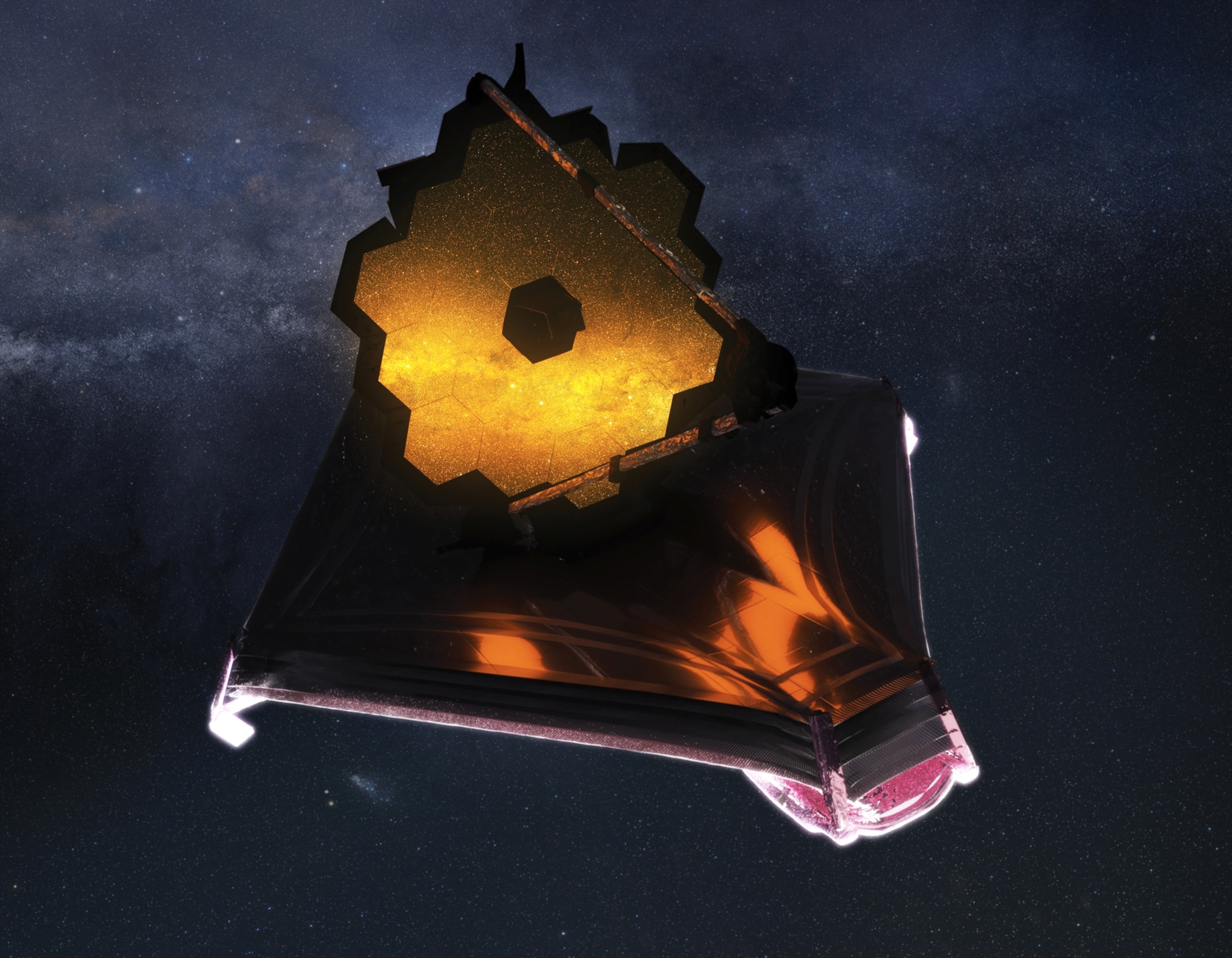

This work helps to fill in astronomers’ understanding of the asteroid belt, the wreckage left behind from the inner solar system’s formation—and it’s always nice to spy more of those rocky time capsules for future study.
It’s also a boon to those seeking to stop asteroids impacting Earth. After all, one of the key tenets of planetary defense is that you need to find potentially hazardous asteroids before they find us. The JWST isn’t suddenly going to become a dedicated asteroid hunter. But “there is definitely a role for JWST in planetary defense,” says Rivkin.
The glow of space rocks
The asteroids of paramount importance to planetary defenders are near-Earth asteroids, those whose orbits around the Sun bring them at least as close as 28 million miles of Earth’s own orbit. Any asteroid that’s at least 460 feet long is capable of destroying a large city, but those smaller than that can also cause significant damage. Even an asteroid just a few dozen feet long can, with a direct hit, wreck a city with a mid-air blast akin to a non-radioactive nuclear explosion. Frustratingly, the smaller an asteroid is, the harder it is to see.
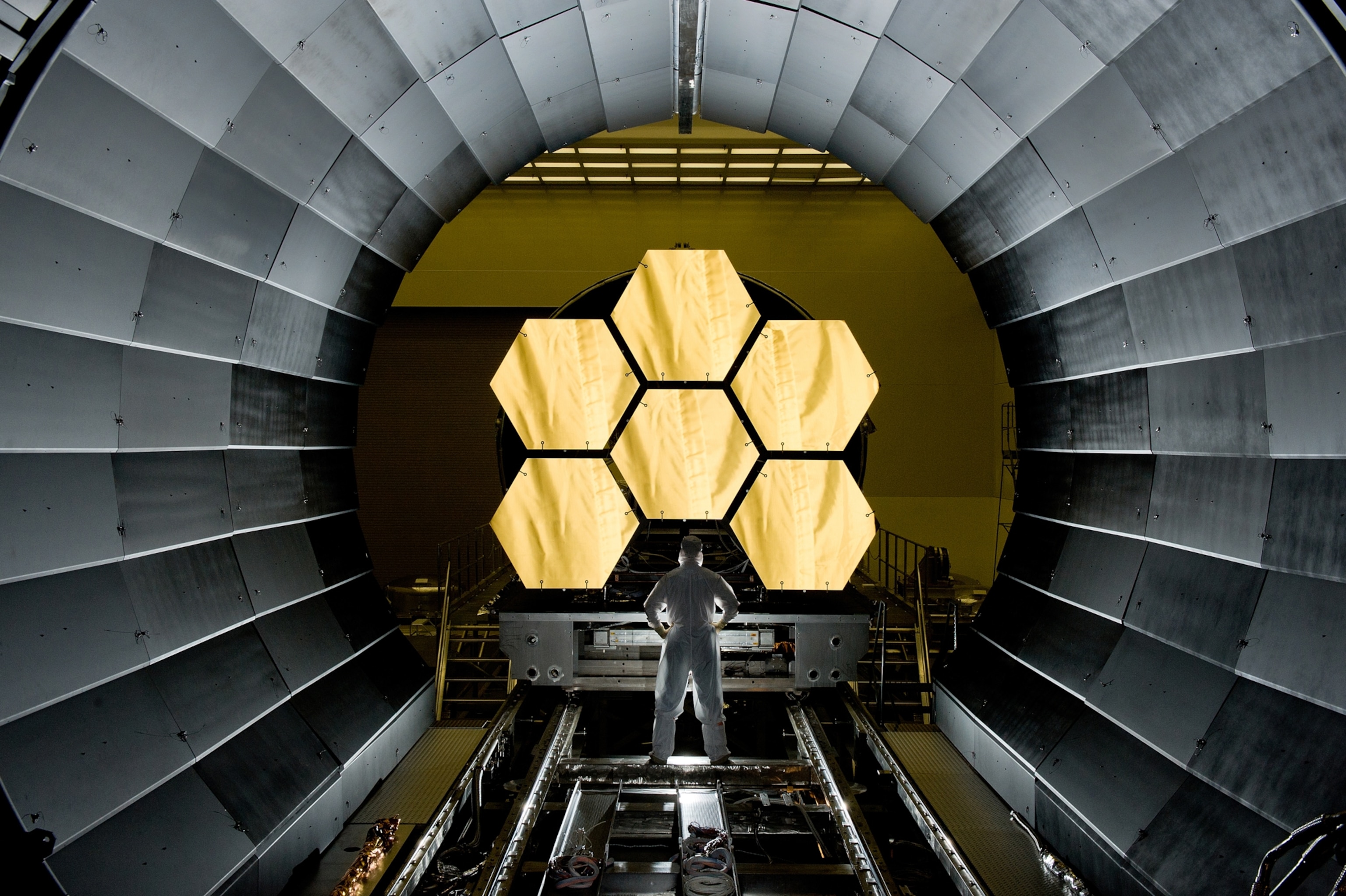
Most observatories questing after asteroids look for sunlight bouncing off them. But a small asteroid with a reflective surface looks as bright as a larger asteroid with a dimmer shell. That means that visible light is not an ideal way to determine the size of an asteroid.
Ideally, you want to use a scope that can see infrared light to find these asteroids’ thermal signals. “A lot of these objects are so much brighter in the infrared,” says study coauthor Julien de Wit, a planetary scientist at the Massachusetts Institute of Technology. And using infrared, a bigger asteroid always glows larger than a smaller one, no matter how reflective or dim the outer coating is—meaning infrared gives astronomers a much better idea of an asteroid’s size.
The JWST happens to have some impeccable infrared eyes—so, de Wit and Burdanov thought, why not see if they could use it to their advantage?
To find out, they used a method first developed in the 1990s named shift-and-stack. Say you have multiple images of the same part of space taken by a telescope. An asteroid would show up on these images as a very faint source of light moving across those images. If you stack many shots of that faint source on top of one another while tracking it as it shifts across multiple images, you can amplify the ‘brightness’ of the source, and you can determine what it is—in this case, an asteroid.
The team checked to see if this shift-and-stack method worked using two ground-based observatories that search for exoplanets. It worked wonders: Collectively, hundreds of small bodies—from main belt asteroids to space rocks trailing Jupiter—were detected, including potentially 43 new objects.
Next, the team focused their method on TRAPPIST-1, a star system 40 light-years away that’s home to multiple rocky exoplanets. In 10,000 preexisting JWST images, the team found 138 new asteroids within the main belt, ranging in size from about 2,000 feet long to those just a few tens of feet across.
Main belt asteroids in stable orbits aren’t a threat. But this study shows that you can use the JWST, while it’s doing other work, to opportunistically find small-but-hazardously-sized asteroids. Then, if needed, the JWST can team up with other observatories to track these asteroids and determine if any might head our way. (Read more: These five asteroids post the greatest risk to Earth.)
Defenders of the Earth
For the most part, the JWST is busy studying the far-flung cosmos. “Asteroids don’t get a lot of time,” says Sabina Raducan, a planetary scientist at the University of Bern in Switzerland who was not involved with the new study. “But it’s really nice to see what kind of science you can do just by observing something else.”
Finding asteroids with the JWST is a free benefit, and that it can sometimes spy extremely small space rocks that may elude other telescopes is a welcome discovery. But a more devoted observer is on the horizon. NASA plans to launch another space telescope called the Near-Earth Object Surveyor later this decade. It’ll be equipped with infrared detectors and serve as a dedicated asteroid hunter.
De Wit is keen to stress that the JWST isn’t going to dethrone the NEO Surveyor before it’s even launched. The JWST will also not sideline any of the ground-based observatories that are already pretty effective at spying asteroids. This includes the almost-complete Vera Rubin Observatory in Chile, a next-generation, visible-light telescope set to find millions of new asteroids within the first year of operations.
“There is no way JWST is going to infringe on their mission,” de Witt says. But his team’s research suggests it will aid planetary defenders. If the JWST captures the same asteroid over several images, you can start to work out what sort of orbit it’s on—and, with the help of other observatories, work out if it’s a main belt asteroid on its way to becoming a near-Earth asteroid.
“If an actual possible impactor is found, JWST will be one of our best means of obtaining early information about size, composition, etc.,” says Rivkin. “That can be used for planning mitigation and help design any recon missions.” Knowing the properties of an Earthbound asteroid really matters if you’re trying to work out if it’s better to try and deflect it or blow it to smithereens.
At the end of the day, this study underscores that the JWST is “a really great tool” that can do so much more than anyone anticipated, says Burdanov. And when it comes to defending the world from potentially dangerous asteroids, every tool helps.


